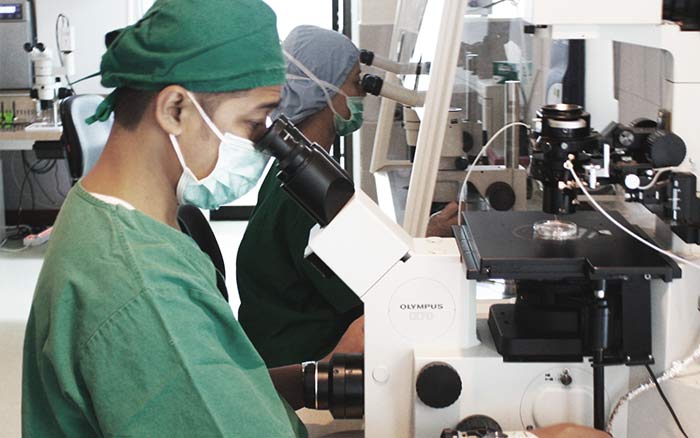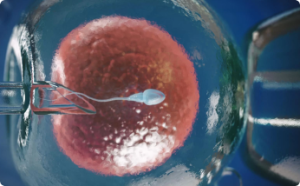IVF program is the choice of married couples who find it difficult to get a baby. But until now, the success rate of IVF is still low and often fails. In vitro fertilization (IVF), an IVF program is one of the reproductive engineering techniques. This IVF process brings the husband’s sperm together with the ovum or wife’s egg outside until fertilization is achieved. This method is part of the IVF program. This effort is not always successful. Therefore, experts continue to conduct research to minimize failures.
In the past year, a new technique for selecting sperm has been applied in fertility clinics in Indonesia. The technique, namely Intracytoplasmic morphologically selected sperm injection (IMSI), is a technique for selecting sperm to get quality sperm.
“People used to think that only eggs determined the quality of an embryo. But then it was realized that the sperm factor also determines the quality of the embryo. Therefore, sperm are also selected. It turns out that pregnancy rates are getting better, especially for cases that fail repeatedly, “
The IMSI technique was developed by a team led by Professor Benyamin Bartoov from the Male Fertility Laboratory, Bar-Ilan University, Israel, in 2002. Together with the team, Bartoov conducted research using a sophisticated microscope to select sperm shape and characteristics.
Sperm quality is thought to be one of the causes of failure of the intra-cytoplasmic sperm injection (ICSI) procedure. They suspect that the low pregnancy rate achieved through the ICSI procedure is correlated with abnormal sperm shape that has not been detected through the ICSI procedure.
ICSI is a technique that is widely used in IVF methods, in addition to conventional techniques. In conventional IVF, one egg is reconciled with 50,000-100,000 sperm in a Petri dish so that one good sperm enters the egg and fertilization occurs.
In the IVF-ICSI technique, one sperm is injected into an egg for fertilization to occur. This technique is done if there are problems with sperm, for example sperm are not able to enter the egg with their own strength. “The trick is that the sperm is broken first, then the neck is injected into the egg,”
Magnification 6,000 times
from this IMSI, is the development of ICSI to select sperm more specifically using a high-ability microscope. This technique allows embryologists to see sperm in more detail, namely through an enlargement of 6,000 times. Thus, fertility and morphological parameters of sperm can be analyzed. In ICSI, sperm are selected by enlargement of 400 times.
In 2003, Bartoov’s team published a study in which sperm selection procedures with the IMSI technique were proven to increase pregnancy rates for couples with recurrent failure. This study involved 50 couples in the IMSI and ICSI groups for comparison.
The result, the number of couples who use IMSI experienced a very significant pregnancy (66 percent), compared to couples who only used ICSI techniques (33 percent).
“In ICSI selected sperm are considered good. However, in reality, the selected sperm turned out to have an invisible weakness. With IMSI whose magnification is much higher, the weakness can be seen, “.
Bad sperm will affect the quality of the embryo. Poor quality embryos increase pregnancy failure.
In 2006, further research involved 80 couples in each group. In the group using the IMSI technique, the pregnancy rate reached 60 percent. In couples who use ICSI pregnancy only 25 percent.
Miscarriage rates also dropped significantly. Couples who use IMSI miscarriages are only 14 percent, while miscarriages in couples with ICSI techniques reach 40 percent. Research conducted in Italy in 2008 also showed similar results.
Eppendorf, a company supplying products for IMSI, said 500 babies had been born in Israel with IMSI procedures. In Europe there are more than 200 babies.
In Indonesia, this technique is still new and has only been applied in several fertility clinics. Including Morula Ivf who is in jl.teuku cik dirito No.12 Menteng, Central Jakarta. This technique can be a new hope for couples who want to pet the baby.




